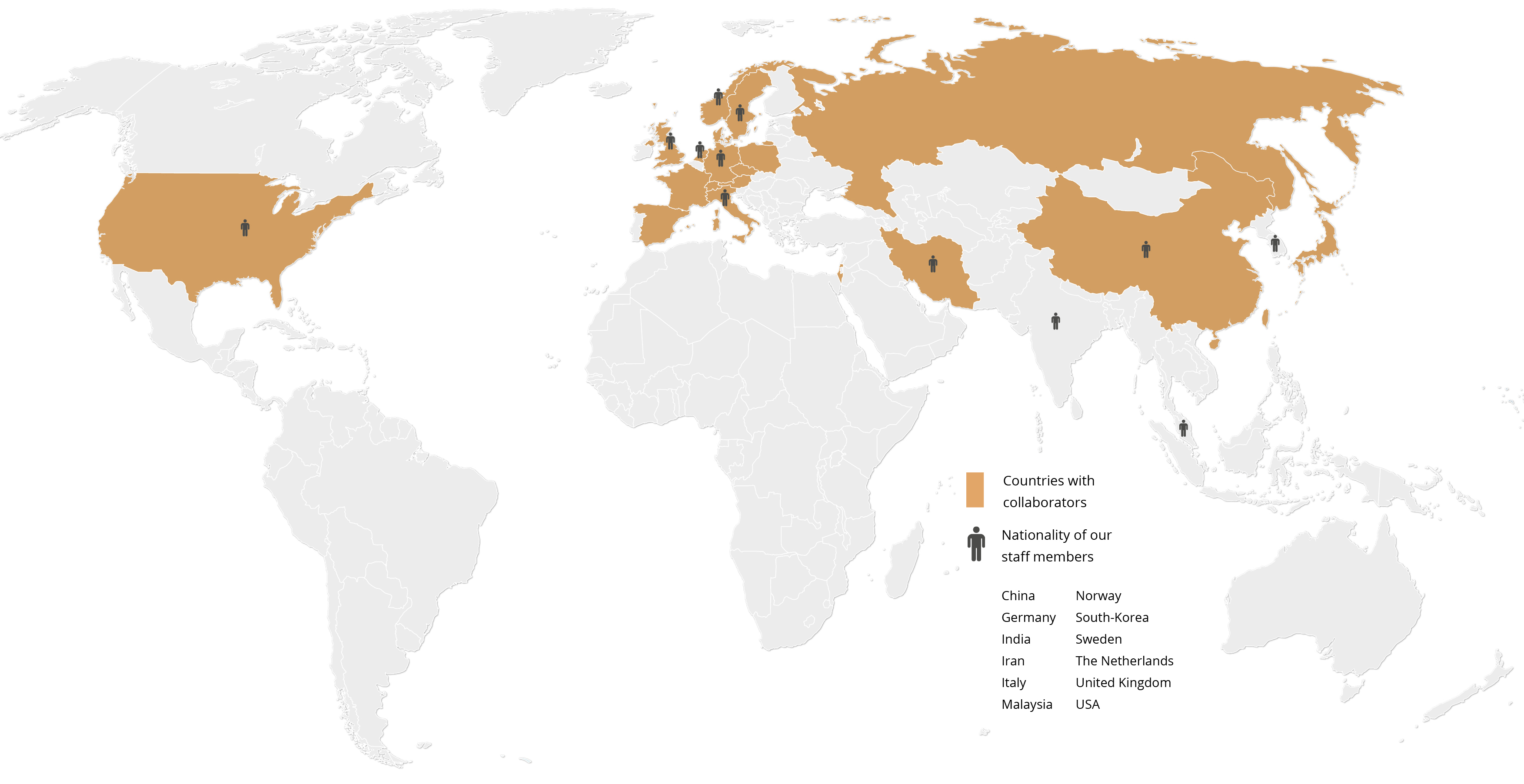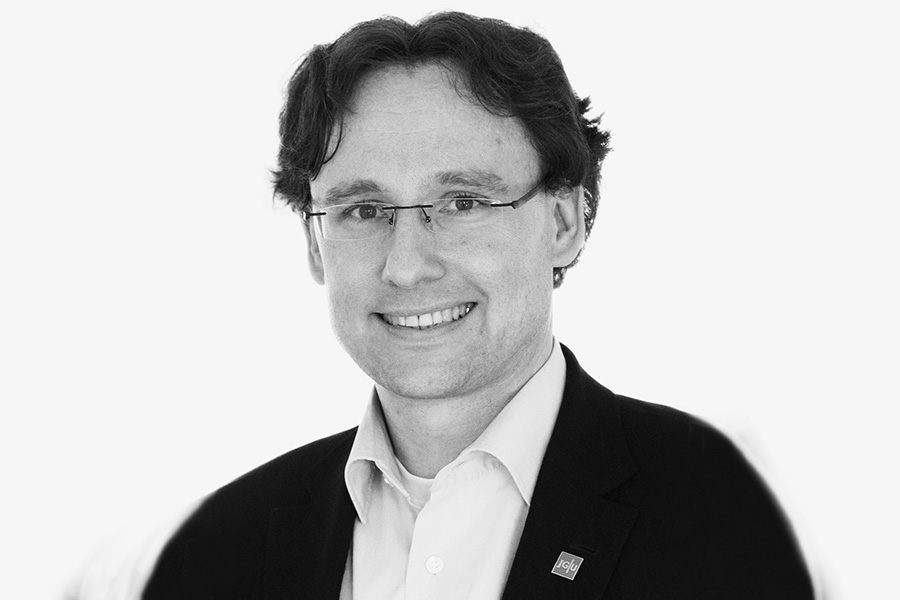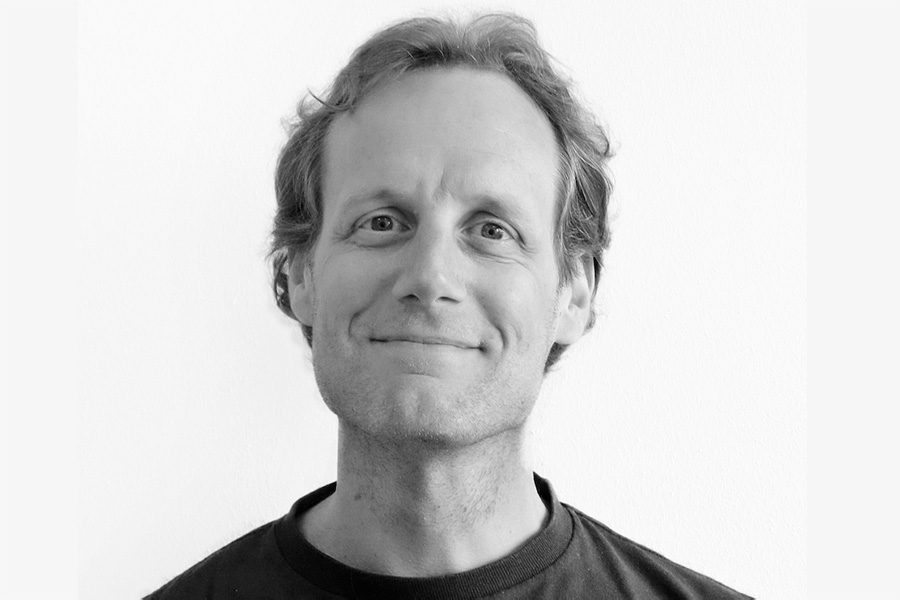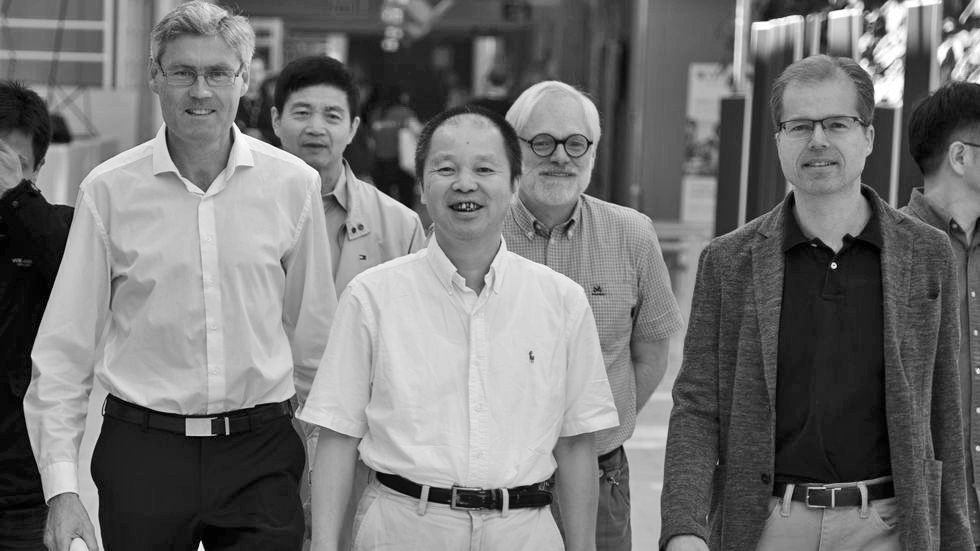International Partners and Research Network - Center for Quantum Spintronics (QuSpin)
International Partners and Research Network 2023
Research is a collaborative effort that often carries across disciplines and strengthens the scientific curiosity. We are privileged to have working relationships across the world that add to elevating our collective intelligence and are adding to the work in our field.

This global cooperation adds to the richness in the diversity of people and experiences, outward dialogue, and increases spirits and vibrancy of the center. It also introduces Trondheim to the broader research community in a way that allows for a lasting and tangible connection.
We have collaboration with internationally leading theoretical and experimental groups in the following countries (see map):
- Austria
- China
- Czech Republic
- Denmark
- France
- Germany
- Hong Kong
- Iran
- Israel
- Italy
- Japan
- Norway
- Poland
- Romania
- Russia
- Spain
- Sweden
- Switzerland
- The Netherlands
- The United Kingdom
- The United States of America
Professor Mathias Kläui

We have a long-term collaboration with the center of our Co-Primary Investigator Professor Mathias Kläui at the Institute of Physics, at the University of Mainz in Germany.
Kläui is a world-leading scientist, and will as a Professor II at QuSpin help build up our experimental activities to a robust level in Norway. The collaboration with JGU Mainz gives QuSpin access to material growth, characterization, and transport measurements.
Professor Rembert Duine

We have a long-term collaboration with the center of our Co-Primary Investigator Professor Rembert Duine, at the Institute of Physics, at the University of Utrecht, in the Netherlands.
Duine is a leading theoretician in the quantum-many body physics of spin transport and spin excitations. Landmark publications by Duine and his collaborators have led to the opening of new sub-fields of physics, such as magnetic skyrmion spintronics, antiferromagnetic spintronics, and cold spintronics. The insights gained in these developments give QuSpin complementary expertise in theoretical developments on magnetic insulators and topological matter.
Computational Science Research Center, Beijing, China

In 2018 we established a new collaboration stemming from a visit from Computational Science Research Center (CSRC) from Beijing, China, headed by Director Hai-Qing Lin, Alex Hansen (Porelab) and Asle Sudbø (QuSpin). This collaboration includes an exchange program for both research and Ph.D levels, in the area of computational physics related to our spintronics activities.
